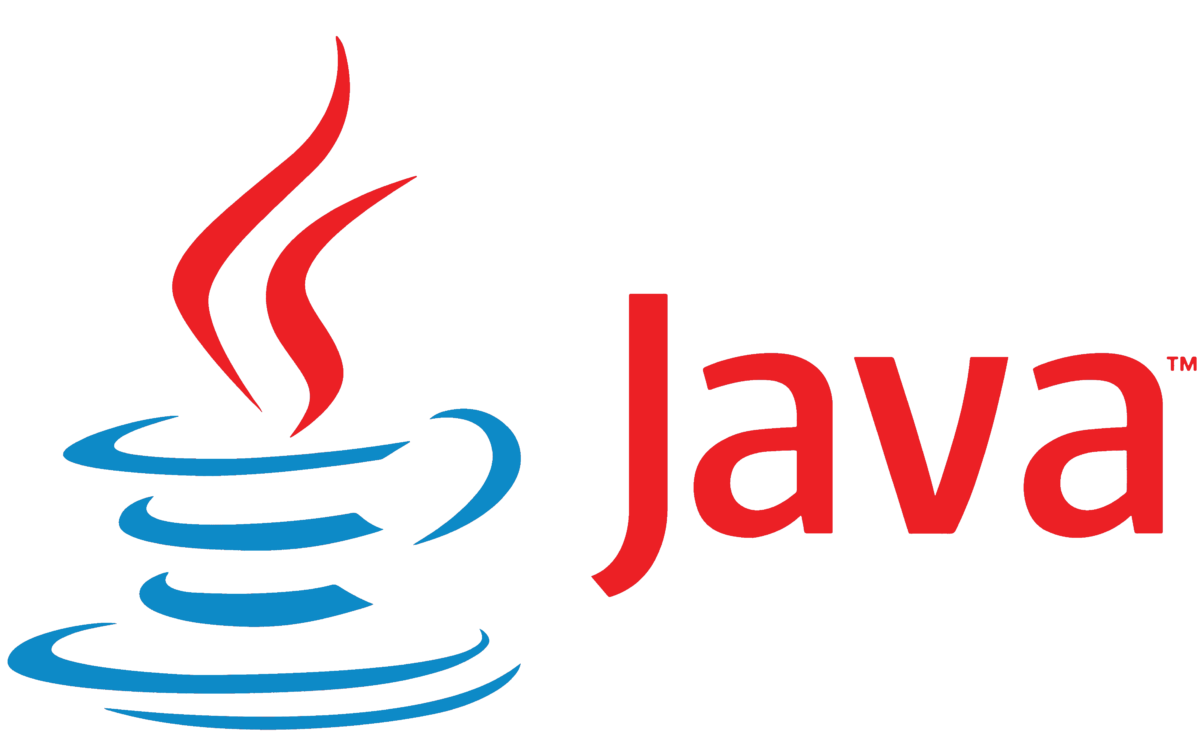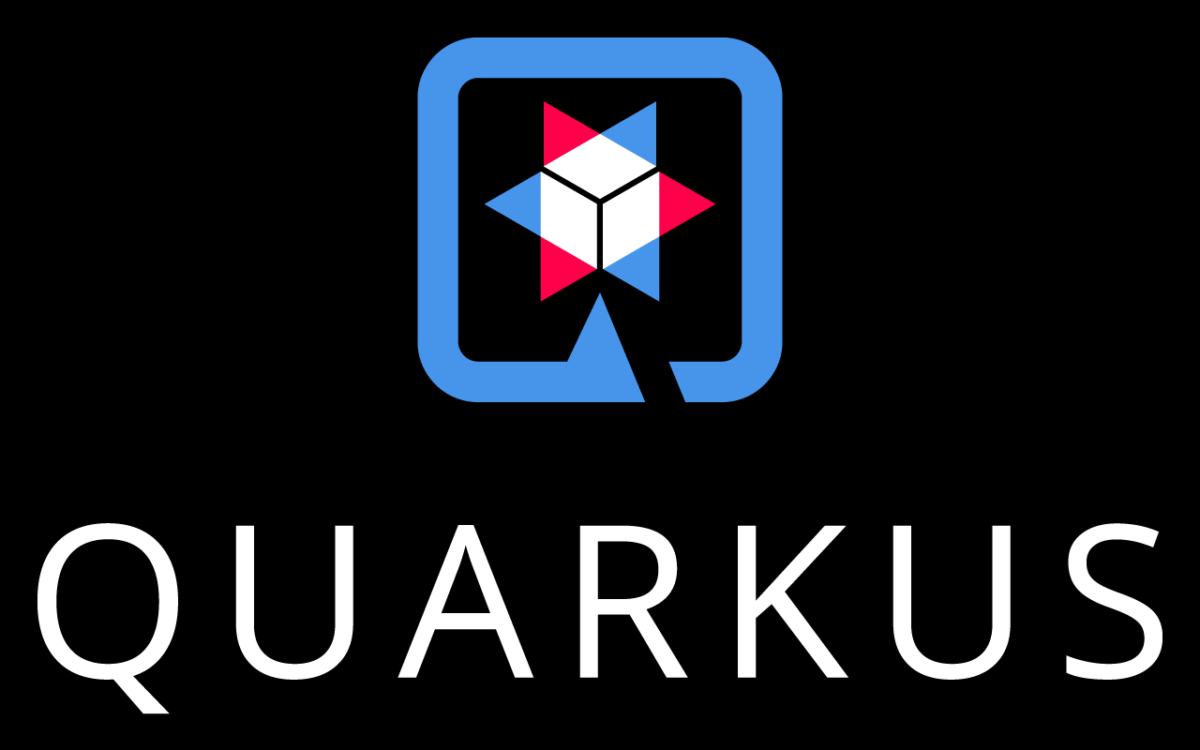
What is Dependency Injection?
 Natan Ferreira
Natan Ferreira- 0
- 142
To understand, I believe the best way is through an example. Let’s take a look at a simple delivery system. It’s not a complete system; it’s something didactic and simple to illustrate.

Website Diagram: https://refactoring.guru/
In the example, we will have a delivery system that can be done by truck or ship, where there is a service that requests the delivery of a product to a customer.
Let’s start with the classes Client and Product.
package com.natancode.model;
public class Client {
private String name;
private String email;
public Client(String name, String email) {
this.name = name;
this.email = email;
}
public String getName() {
return name;
}
public String getEmail() {
return email;
}
@Override
public String toString() {
return "Client{" +
"name='" + name + '\'' +
", email='" + email + '\'' +
'}';
}
}
package com.natancode.model;
import java.math.BigDecimal;
public class Product {
private String name;
private BigDecimal value;
public Product(String name, BigDecimal value) {
this.name = name;
this.value = value;
}
public String getName() {
return name;
}
public BigDecimal getValue() {
return value;
}
@Override
public String toString() {
return "Product{" +
"name='" + name + '\'' +
", value=" + value +
'}';
}
}
Now let’s create the Transport interface and its implementations.
package com.natancode.transportation;
import com.natancode.model.Client;
import com.natancode.model.Product;
public interface Transport {
void deliver(Client client, Product product);
}
package com.natancode.transportation;
import com.natancode.model.Client;
import com.natancode.model.Product;
public class Truck implements Transport {
@Override
public void deliver(Client client, Product product) {
System.out.println("Deliver by land in a box the product " + product.getName() + " to " + client.getName());
}
}
package com.natancode.transportation;
import com.natancode.model.Client;
import com.natancode.model.Product;
public class Ship implements Transport {
@Override
public void deliver(Client client, Product product) {
System.out.println("Deliver by sea in a container the product " + product.getName() + " to " + client.getName());
}
}
Now we need to create the delivery service. This service is responsible for requesting a delivery of a product to a specific client.
package com.natancode.service;
import com.natancode.model.Client;
import com.natancode.model.Product;
import com.natancode.transportation.Transport;
public class OrderService {
private Transport transport;
public OrderService() {
this.transport = new Truck();
}
public void requestDelivery(Client client, Product product) {
this.transport.deliver(client, product);
}
}
In the example, the responsibility of instantiating a transport is in the OrderService class, which brings high coupling and we cannot use polymorphism. How can we improve this? Let’s see in the following example.
package com.natancode.service;
import com.natancode.model.Client;
import com.natancode.model.Product;
import com.natancode.transportation.Transport;
import com.natancode.transportation.Truck;
public class OrderService {
private Transport transport;
public OrderService(Transport transport) {
this.transport = transport;
}
public void requestDelivery(Client client, Product product) {
this.transport.deliver(client, product);
}
}
The service class (OrderService) will not instantiate a type of transport; we leave this responsibility to the Main class. This is Inversion of Control (IoC), because in the previous example the class OrderService was responsible for instantiating a type of transport. Receiving the transport in the constructor of the OrderService class is Dependency Injection (DI) because Transport is a dependency of the service class. This way, we also reduce coupling and can use polymorphism. Let’s see how the Main class looks because it will call the service.
package com.natancode;
import com.natancode.model.Client;
import com.natancode.model.Product;
import com.natancode.service.OrderService;
import com.natancode.transportation.Transport;
import com.natancode.transportation.Truck;
import java.math.BigDecimal;
public class Main {
public static void main(String[] args) {
Client nick = new Client("Nick", "nick@fakedomain.com");
Client yecenia = new Client("Yecenia", "yecenia@fakedomain.com");
Product galaxy24 = new Product("Samsung Galaxy S24 Ultra", new BigDecimal("1149.99"));
Transport transport = new Truck();
OrderService orderService = new OrderService(transport);
orderService.requestDelivery(yecenia, galaxy24);
orderService.requestDelivery(nick, galaxy24);
}
}Let’s run the code and see the result.

We can change it to “ship” in the main class.
Transport transport = new Ship();

We learned about inversion of control and dependency injection, and the benefits of flexibility, as we reduced coupling and were able to use polymorphism. It’s a very important concept that many frameworks like Spring, Quarkus, and others utilize.
Author
-

I am a seasoned Full Stack Software Developer with 8+ years of experience, including 6+ years specializing in Java with Spring and Quarkus. My core expertise lies in developing robust RESTful APIs integrated with Cosmos Db, MySQL, and cloud platforms like Azure and AWS. I have extensive experience designing and implementing microservices architectures, ensuring performance and reliability for high-traffic systems. In addition to backend development, I have experience with Angular to build user-friendly interfaces, leveraging my postgraduate degree in frontend web development to deliver seamless and responsive user experiences. My dedication to clean and secure code led me to present best practices to my company and clients, using tools like Sonar to ensure code quality and security. I am a critical thinker, problem solver, and team player, thriving in collaborative environments while tackling complex challenges. Beyond development, I share knowledge through my blog, NatanCode, where I write about Java, Spring, Quarkus, databases, and frontend development. My passion for learning and delivering innovative solutions drives me to excel in every project I undertake.
